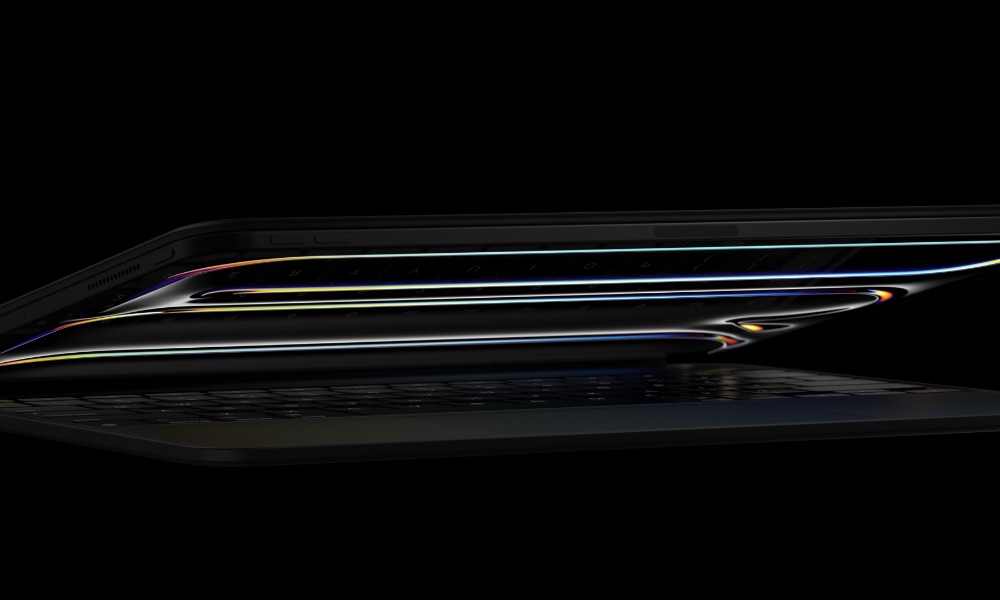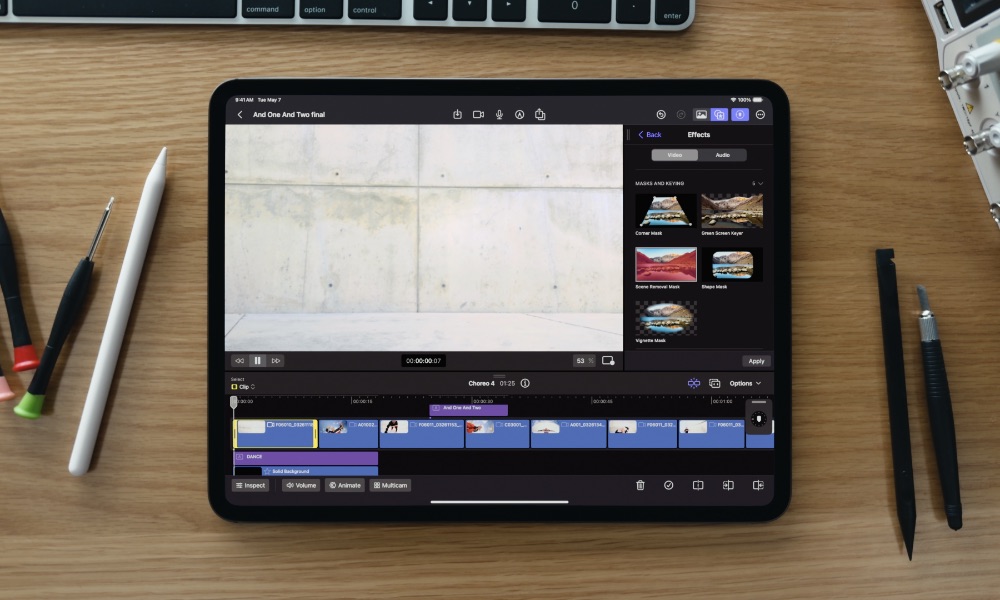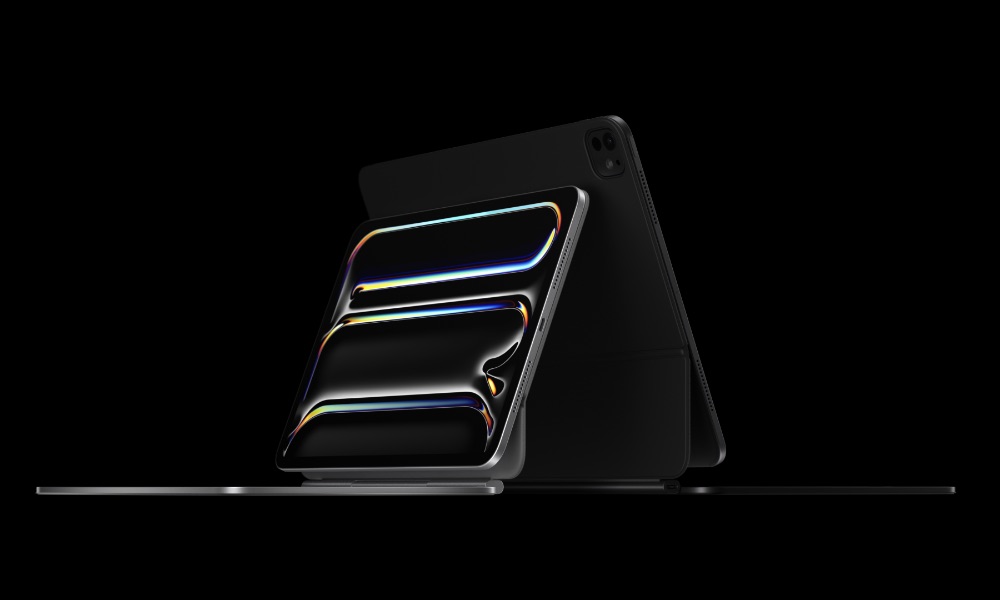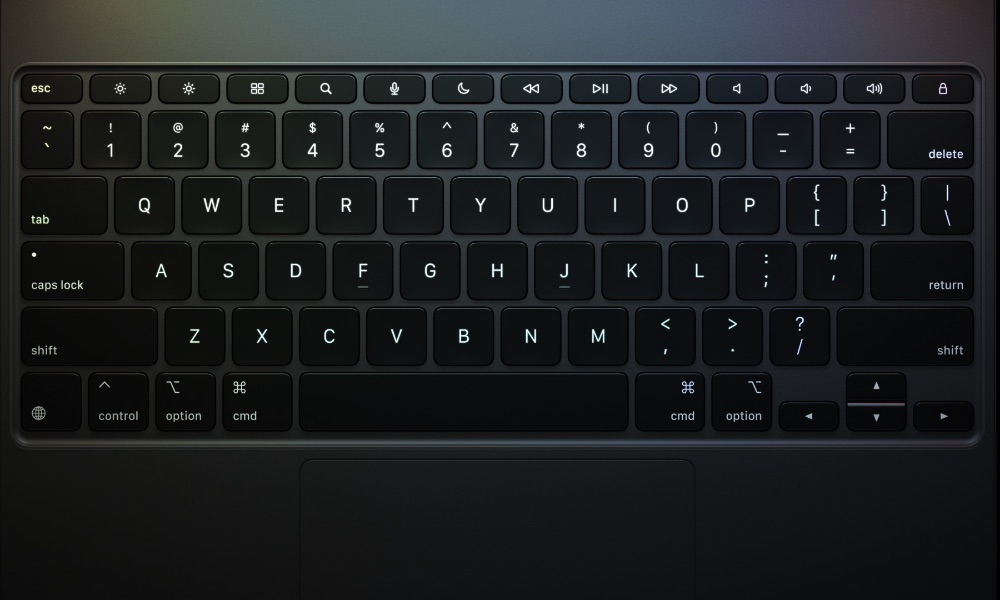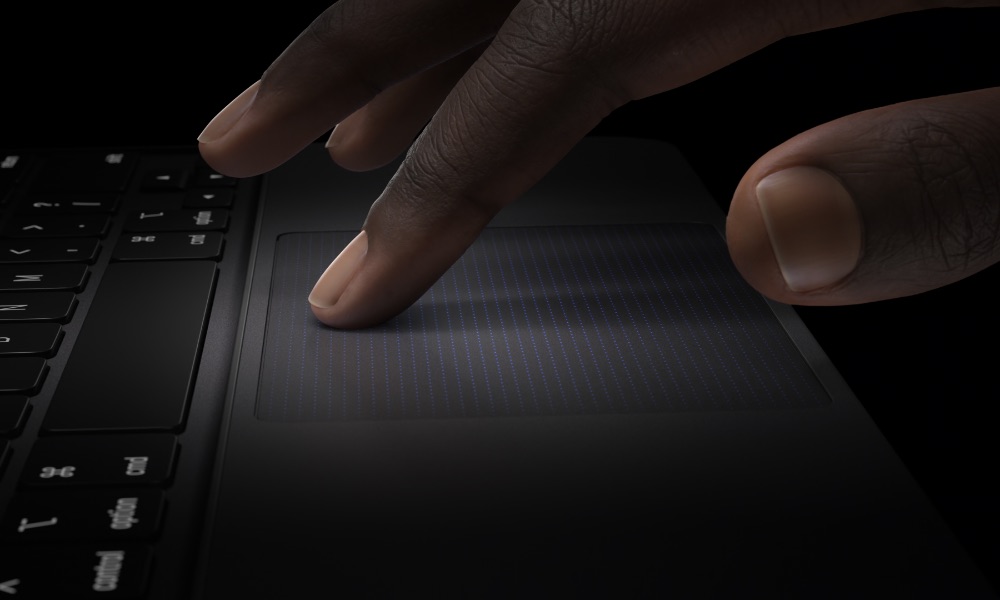Is Apple’s M4 iPad Pro Ready to Replace Your Laptop?
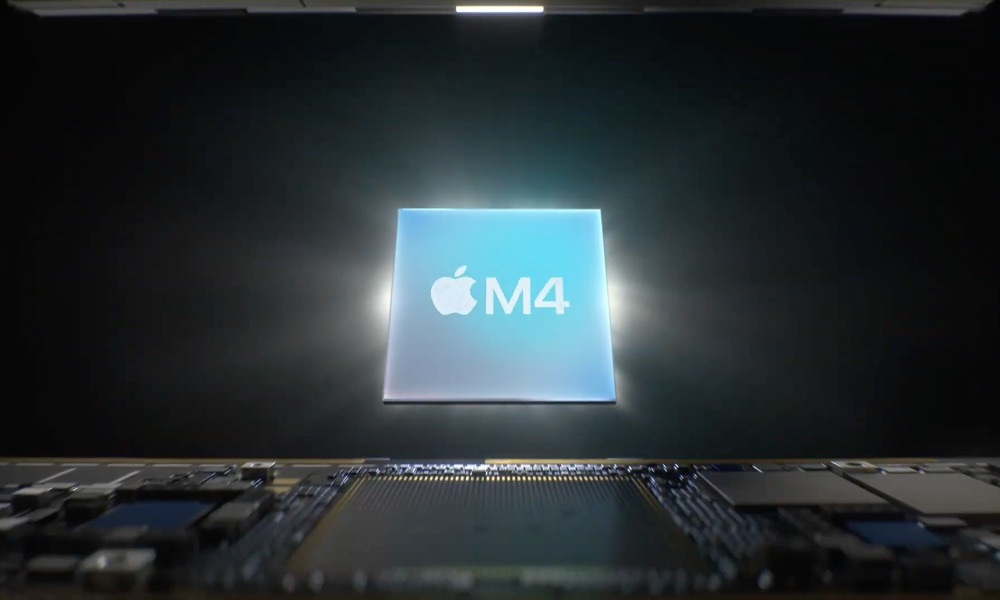
Toggle Dark Mode
Today’s Let Loose event brought one of the biggest surprises Apple has dropped on us in years: The company chose to debut its latest M4 silicon not in a Mac but in its new flagship iPad Pro.
Although we’ve been anticipating the next-generation iPad Pro for months, the common wisdom was that Apple would move it to the M3 chip. After all, this would have been the next logical evolution from the M2 chip used in the late 2022 models. The timing was about right, too; the M2 chip debuted in Apple’s MacBook Air and 13-inch MacBook Pro about six months before it came to the iPad Pro, and the original M1 iPad Pro followed the debut of Apple’s first M-series chip by about the same time.
Hence, the iPad Pro was on schedule for the M3 chip, which Apple showed off at its Scary Fast event last fall. However, last week Bloomberg’s Mark Gurman posed the seemingly unthinkable idea that Apple would skip the M3 entirely and go straight to the M4 chip for this year’s iPad Pro.
It’s an idea that would have been scoffed at had it come from anyone less reliable. While Gurman has been wrong before, those are the exceptions, not the rule. Still, the idea of Apple moving to an as-yet-unreleased M4 chip only two months after the M3 was added to its popular MacBook Air lineup was enough to make even the most well-connected Apple enthusiasts skeptical.
The iPad Pro of the Future
However, it turns out that’s precisely what Apple just did. In one fell swoop, the iPad Pro now has the most advanced Apple silicon in existence today. While the M4 chip won’t necessarily outperform Apple’s flagship M3 Max, it’s ahead of everything else on the market — including the A17 Pro-powered iPhone 15 Pro lineup.
It’s not hard to see why some folks were skeptical, but it’s clear that Apple wants to put its best foot forward with the iPad Pro. Apple’s newest tablet is the most powerful device in its class, leaping ahead of Apple’s two-month-old MacBooks.
While the M4 chip will undoubtedly make its way to Apple’s Macs — we’ve already seen a predicted roadmap for that — the fact that the iPad Pro got it first speaks volumes.
If you’ve ever felt that the iPad Pro wasn’t a suitable laptop replacement, it’s clear that Apple wants to convince you otherwise.
Of course, there are still lots of reasons to buy a Mac, but as Gurman pointed out earlier this week, it’s time for Apple to stop blurring the lines and make an iPad Pro “as capable as a laptop in a form that tablet users prefer,” leaving the Mac solely for those who prefer a traditional computer.
That’s what today’s new iPad Pro lineup appears to be the start of. While Apple will still have to prove its mettle on the software side, the release of iPadOS 18 at next month’s Worldwide Developers Conference (WWDC) could complete the transition.
We’ll have to wait and see what that brings, but for now, Apple has put even more “Pro” into the iPad Pro with updates to its Final Cut Pro and Logic Pro apps explicitly designed to take advantage of the iPad Pro’s new M4-powered capabilities. These are no longer merely the touchscreen ports of their Mac counterparts but unique iPad Pro experiences that introduce AI-powered features like the ability to “unmix” tracks into individual instruments.
Enter the New Magic Keyboard
Those are also joined by a new landscape camera and Magic Keyboard, which shows that Apple is getting more serious about letting people use the iPad Pro as an ultra-thin laptop-style device — and this year’s version is more “ultra” in that respect than ever.
The new Magic Keyboard retains the cantilever design that made the original so clever while adding a more MacBook-like aluminum palm rest and a row of function keys. The trackpad has also been enlarged and converted to the same glass feel as a proper Mac trackpad, complete with haptic feedback.
It’s a stark contrast to the original Magic Keyboard. At a glance, the new model could almost be mistaken for a MacBook keyboard, which is clearly what Apple is going for.
Of course, Apple wins whether you opt for a MacBook Air or an iPad Pro, but these improvements will take the tablet in a new direction and provide more options for those who want even more portability and a touchscreen. There’s enough here to lure more folks away from other thin hybrid laptop-tablet devices like Microsoft’s Surface Pro.


